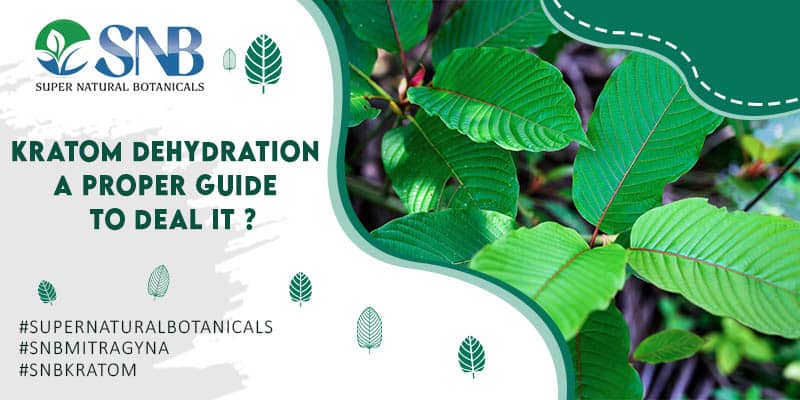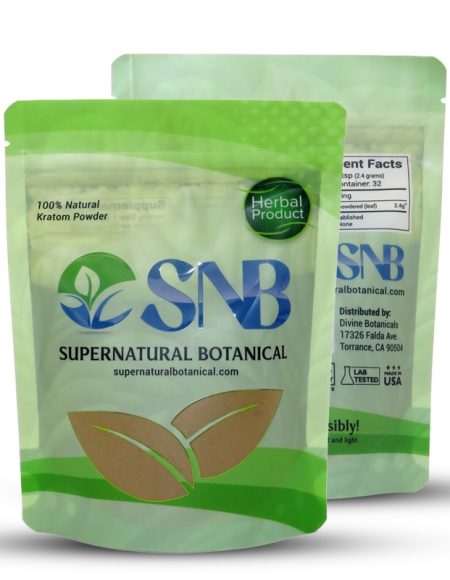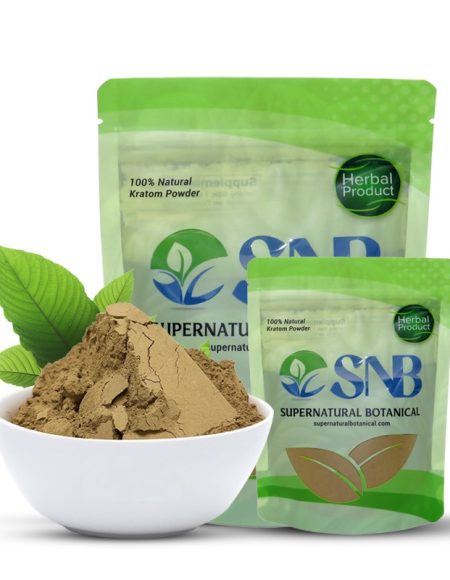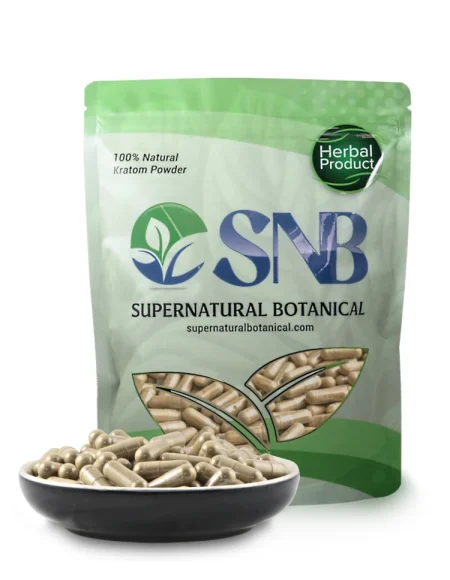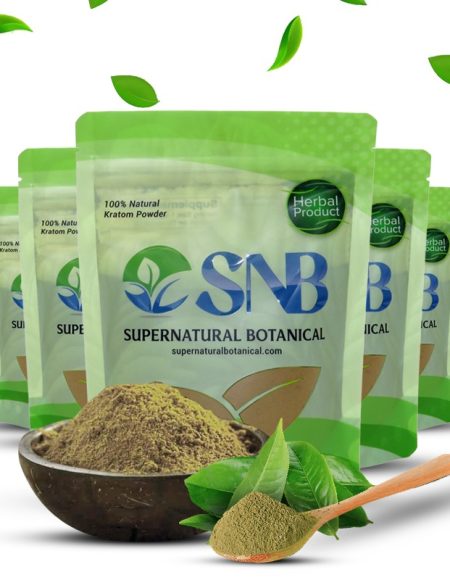Have you ever experienced the icky feeling of a dry cotton ball stuck in the back of your throat? Or perhaps have red, swollen eyes looking like a maniac? Or felt your skin drying up and getting itchy like crazy? These are some common symptoms a regular Kratom consumer might be familiar with. And something that should not be ignored or taken lightly!
But Why The Heck Does It Happen?
Well, these signs hint at a greater underlying problem: Kratom Dehydration. This is because Kratom is a diuretic, which means that it removes the liquid from your body-leaving you immensely dehydrated.
Table of Contents
Kratom is a highly beneficial herb. And there is no doubt about it. It’s raved for its unprecedented therapeutic potential by millions of fans around the globe. However, dehydration is one of its unwanted side-effects that tag along with the package. Not only the state leaves you with a feeling of extreme discomfort in your mouth, eyes, and skin but it can also have other detrimental impacts on your health.
Fortunately, with a few routine lifestyle changes, you can be sure to stay well-hydrated as you continue using the plant. There are scores of alternative foods and liquids that you can consume to increase Kratom’s functionality alongside warding off unnecessary risks. After all, your love of Kratom shouldn’t come at the cost of letting go of another precious nutrient.
This article intends to shed light on the signs and consequences of dehydration and some pro tips to retain the fluid levels.
What is Kratom Dehydration?
Dehydration is a condition in which the body loses more fluids than it takes in. This greatly hampers internal functioning and impacts the working of vital organs, mood, and appearance. Severe dehydration could lead to constipation and also be life-threatening which requires urgent medical assistance.
Kratom is a diuretic substance’s ability to eliminate water from your system in urine or perspiration, leaving the user dehydrated and craving more liquids.
Now time for a little surprise: certain conditions require diuretics to help ease the symptoms. In fact, there are a host of natural diuretics that we, intentionally or unintentionally, are used to taking in our daily diet. For instance, ginger, alcohol, parsley, and caffeine. Despite the lack of scientific research proving any claims on Kratom’s risks, there is enough anecdotal evidence suggesting that Kratom indeed causes dehydration.
However, the good part is: Kratom does not harm your body as long as you take in small to moderate amounts while keeping yourself hydrated with plenty of water or fluids. It promises healing powers, elevates energy, and mitigates stress.
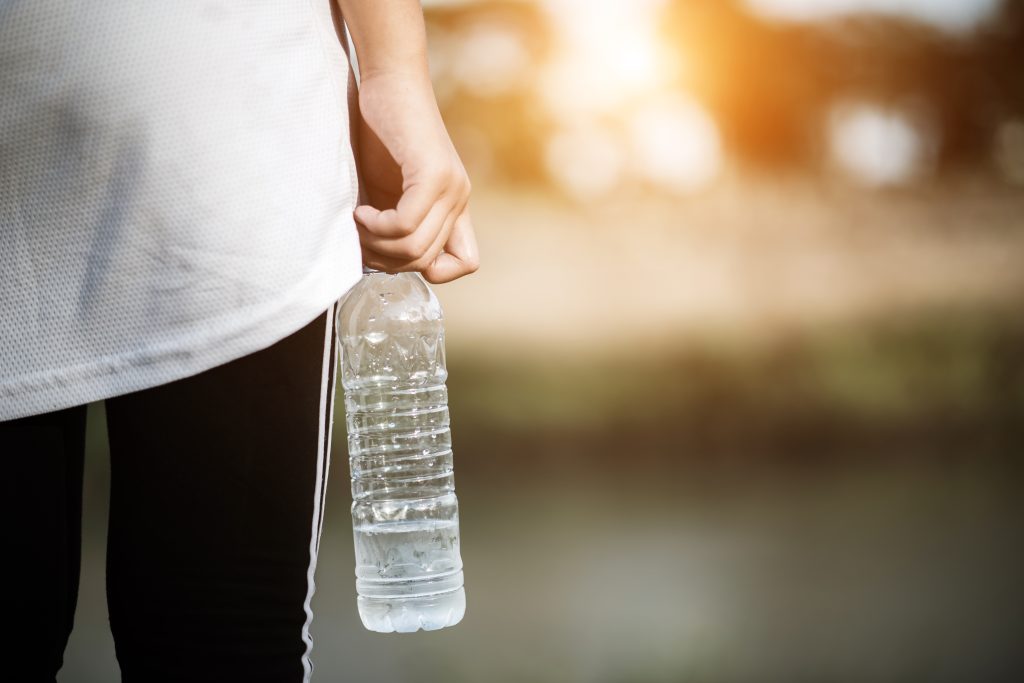

Common Signs of Kratom Dehydration
Here are some of the most common signs to catch Dehydration. While mild levels are hard to detect, several signs set the bells ringing for the severe ones.
If any of these sound familiar, it might be time to up your daily water intake:
Low
- Constant Thirst
- Yellow, Strong-Smelling Urine
- Dry mouth
Mild
- Constipation
- Muscles cramps
- Skin damages, including parches, cracks, burns, irritations
- Nausea and dizziness
- Lethargy
Severe
- Reduced sweating
- Sunken eyes
- Low blood pressure
- Increased heart rate
- Fever
How To Deal With Kratom Dehydration?
Are you an ardent Kratom lover? Probably, someone who just can’t imagine a day without it.
Well, then it is high time you should take precautionary measures before falling prey to the vicious state of Kratom dehydration. Much eager to know? Read right on!
1) Limiting The Dose
Immediately stop or lower your Kratom dose if you experience even the slightest symptoms of dehydration.
2) Stop Using Other Diuretics
Try to avoid other synthetic or natural diuretic medications or substances like alcohol and caffeine in combination with Kratom.
3) Formulating A Daily Water Schedule
The water intake of an average person must essentially be 64 ounces per day. You can divide this into 8 glasses throughout the day and set alarms or reminders to swig down a glass before starting or after ending any task. For instance, before leaving and after arriving home, before cooking, laundry, or having meals. However, this standard water intake varies greatly from one individual to another based on many factors, such as age, fitness level, gender, body size, shape, and environment.
Finally, one might need to increase the daily water intake for any lifestyle or other factors that call for it. For example, medical conditions like high blood pressure, heart disease and kidney stones, high altitude, obesity, heavy exercising, hardcore workout, pregnancy or lactation, and extremely dry or hot weather conditions.
4) Herbal Remedies For Hydration
Eight glasses sound a bit too much? Don’t dread.
Most of you might have heard from your mothers or grandmothers about the plenty of traditional ways to maintain a healthy fluid level. For instance, Chia seeds are much cherished. They have been proven to absorb 12 times more water than their actual size. Soak them in water and witness the magic. Mix it with your go-to beverage, fruit juices, smoothies, or even milk. Likewise, green and herbal teas are also making rounds for hydration.
5) Preparing Sports Drinks Or Protein Shakes
While performing strenuous activities or working out in scorching weather, it is highly recommended to take sports drinks to maintain a certain level of fluids and electrolytes in your body. Flavored protein shakes add taste and refreshing touch to your drink and up the protein intake in your health regimen.
6) Adding Watery Foods In The Diet
Okay, so you are ashamed to admit it, but you don’t really like the taste of water. How about eating water instead? Yup, you heard it right!
Mother Nature has gifted a plethora of fresh fruits and vegetables that are rich in water. In fact, some constitute as much as 90% water: For instance, cucumber, citrus fruits, celery, berries like strawberries, blueberries, watermelon, cantaloupe, spinach, cauliflower, broccoli, etc.
So, why not spice up your eating habits? Munch them during snack time or make a wholesome salad. Or think outside the box and create your masterpiece, fruit fusions, fresh juices, smoothies, and lemonade to bring flavors and colors to the boring meals.
7) Applying Moisturizers And Other Hydrating Products
If you have dry, cracked skin, try adding some quality body and face lotions, moisturizers, hydrating gels, masks, and cosmetics to your beauty regimen to avoid skin damage. Remember, damaged skin can fester bacteria and give rise to various skin infections like eczema, dermatitis, or skin rash. Besides, dehydration can severely affect your eyes. You can use over-the-counter teardrops to reduce soreness, redness, or itchiness.
8) Taking Dietary Supplements
If you suspect the loss of essential vitamins and nutrients due to excess Kratom intake, talk to a medical practitioner and take extra support supplements.
9) Regular Testing
Kratom dehydration is a serious medical condition. You are prone to lose essential nutrients through excessive sweating and urination. Therefore, we can’t stress enough the significance of taking frequent blood tests to detect other deficiencies.
Final Thoughts
The popularity of Kratom has been on a steady rise. This calls for the dire need to raise awareness about the plant and the dangers that come with it. The bottom line is that you must balance out the harmful effects of Kratom by making some important lifestyle changes and formulating a self-care routine. And that’s all you have to do to continue availing yourself of its advantages for years to come.
Also, the motto “More is Not Better” is always a good thing to keep in mind. Overconsumption is never a smart choice. Let alone taking higher doses of a tricky substance like Kratom that can trigger life-threatening situations!
And, we are not asking you to dump the herb in its entirety. All you need to do is exercise control and avoid frequent use. Adding a natural diuretic like Kratom to your diet may accompany significant perils, but you can keep these effects under control by following the tips and tricks that we have shared in this article. Staying hydrated and achieving your fitness and wellness goals is the best thing that you can do for yourself. Remember- it’s better to be safe than sorry!
Finally, don’t forget to share the article with anyone you know who is a regular consumer or thinking of beginning their Kratom journey. Enlighten them with this much-neglected concept of Kratom Dehydration!


Kate Freeman is the wellpreneur behind Kratomguides.com, an informative blog focused on spreading the goodness of Mitragyna Speciosa. Kate supports scientific research on this natural tree “Kratom” and believes that this herb can help millions of people to live a healthier life. She works with many kratom vendors to help extend their brand influence online. In her spare time, she enjoys gardening, cooking, trying new recipes, and locating reliable stores selling kratom on sale.


